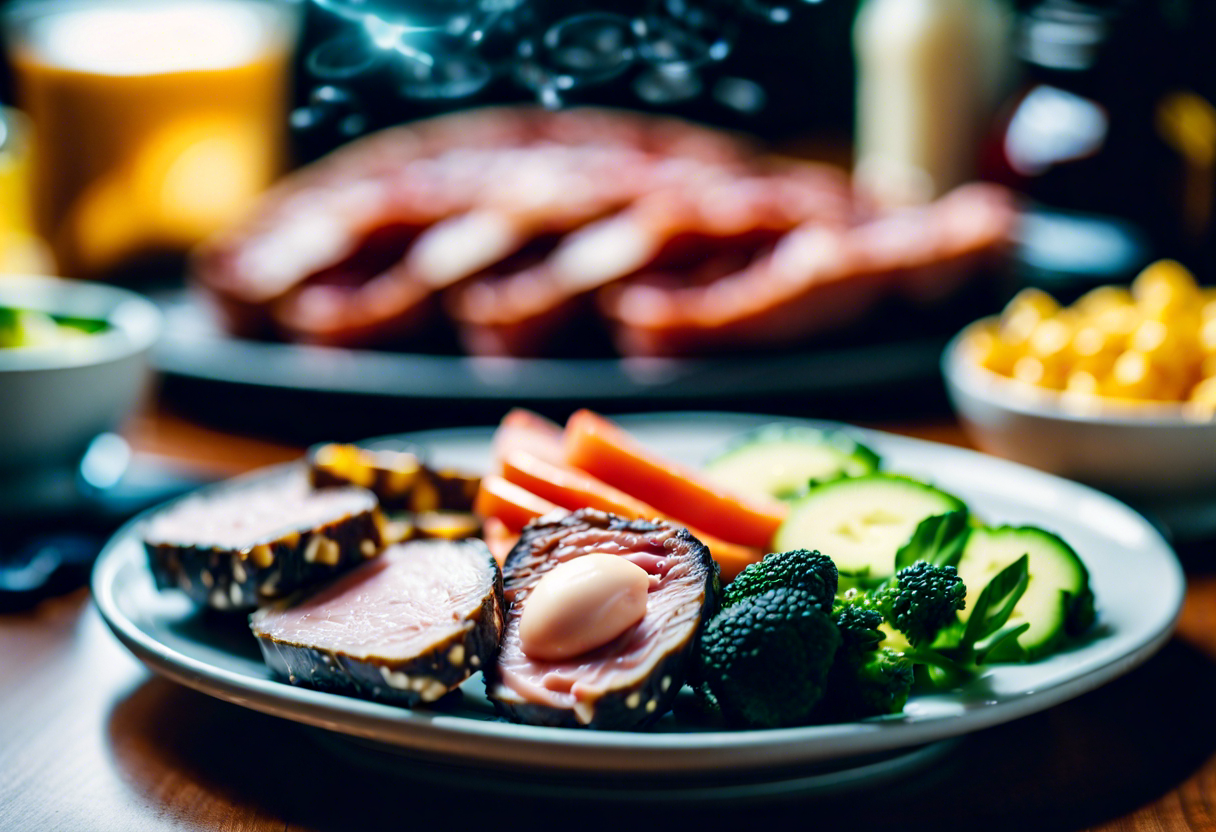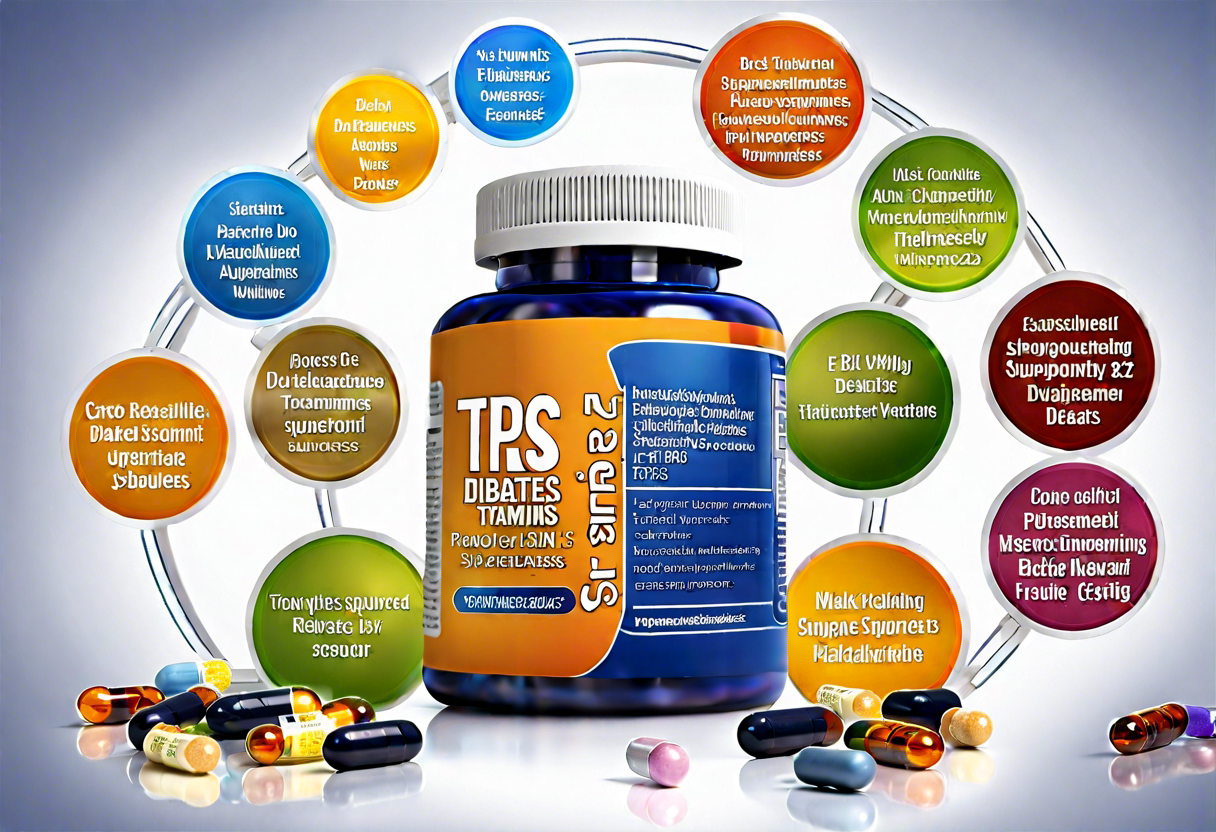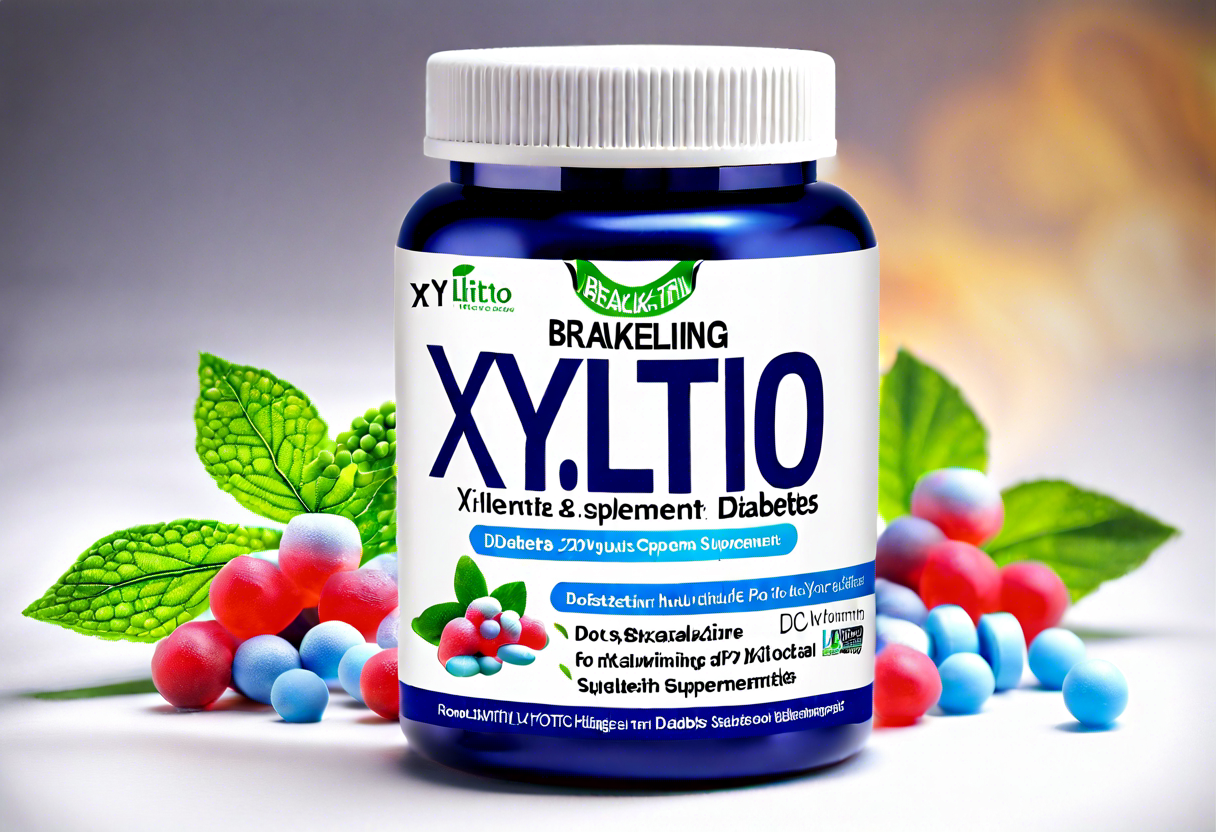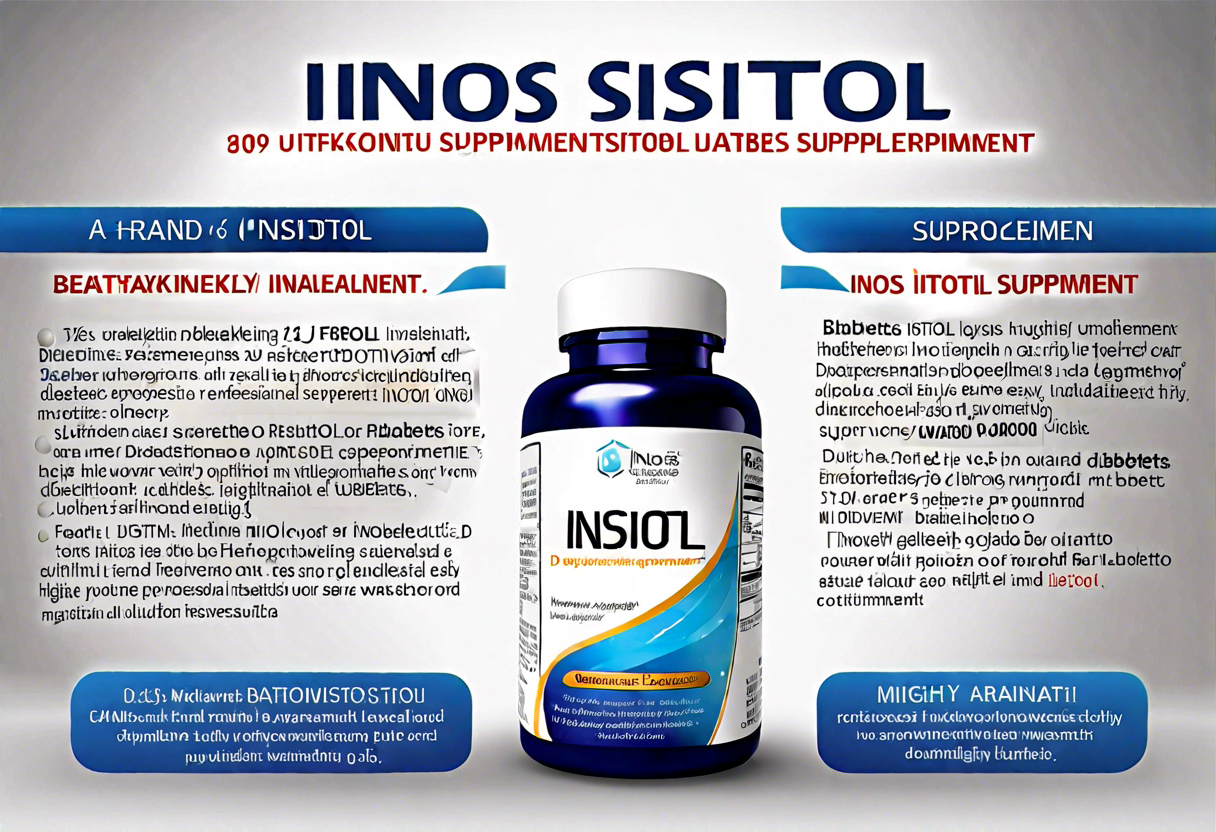Keto Diet Food List: What Can You Eat on a Keto Diet
Eating on a keto diet requires understanding what foods are low in carbs and high in fats. The key principle of the keto diet is to consume foods that are low in carbohydrates, moderate in protein, and high in fats. Here is a comprehensive guide to help you navigate your way through what you can eat on a keto diet.
1. Protein Sources:
When following a keto diet, opt for protein sources such as beef, poultry, fish, and eggs. These foods are rich in protein and essential nutrients without significantly increasing your carb intake. Remember to choose high-quality, lean protein options to support muscle health.
2. Healthy Fats:
Incorporating healthy fats is crucial on a keto diet. Include foods like avocados, olive oil, coconut oil, and nuts in your meals. These fats not only provide satiety but also help your body reach and maintain ketosis, a metabolic state where your body burns fat for fuel instead of carbohydrates.
3. Low-Carb Vegetables:
While all vegetables have a place in a balanced diet, some are lower in carbs and are, therefore, more suitable for a keto lifestyle. Leafy greens, broccoli, cauliflower, zucchini, and bell peppers are excellent choices that provide essential vitamins, minerals, and fiber without compromising your carb goals.
4. Dairy Products:
Dairy can be a part of a keto diet as long as you choose full-fat options. Cheese, butter, and full-fat yogurt are great choices to incorporate into your meals. However, be mindful of flavored or sweetened dairy products, as they may contain added sugars that can hinder your keto progress.
5. Snacks and Treats:
For those moments when you need a snack or a sweet treat, there are keto-friendly options available. Consider nuts, seeds, cheese crisps, or dark chocolate with a high cocoa content. These treats can satisfy your cravings while keeping your carb intake in check.
The key to a successful keto diet lies in choosing foods that are low in carbs, moderate in protein, and high in healthy fats. By focusing on whole, nutrient-dense foods, you can achieve and maintain ketosis while enjoying a variety of delicious meals and snacks. Start exploring new recipes and food combinations to make your keto journey both enjoyable and sustainable.
Useful Links:
Essential Macros for a Successful Keto Diet
When following a keto diet, understanding the essential macros is key to achieving and maintaining ketosis. Macros, short for macronutrients, are the three main components of our diet: fats, proteins, and carbohydrates. For a successful keto diet, it is crucial to adjust your macro intake to encourage your body to burn fat for fuel instead of carbohydrates.
Fats: Healthy fats should constitute the majority of your calorie intake on a keto diet. Sources of healthy fats include avocados, olive oil, coconut oil, and nuts. These fats provide sustained energy, support cell growth, and aid in nutrient absorption. Make sure to choose high-quality, unprocessed fats to promote overall health.
Proteins: While protein intake is essential for muscle maintenance and growth, it’s important not to overconsume it on a keto diet. Opt for moderate protein sources like fish, poultry, tofu, and grass-fed meat. Excessive protein consumption can hinder ketosis by converting into glucose through a process called gluconeogenesis.
Carbohydrates: Unlike traditional high-carb diets, keto diets require very low carbohydrate consumption. Focus on consuming non-starchy vegetables such as leafy greens, broccoli, cauliflower, and zucchini. These veggies are rich in fiber and essential nutrients while being low in net carbs, making them ideal for a keto meal plan.
To calculate your ideal macro ratios for a keto diet, consider using online calculators or consulting with a healthcare provider or nutritionist. Remember that individual requirements may vary based on factors like activity level, age, and weight loss goals.
Mastering the balance of fats, proteins, and carbohydrates is crucial for a successful keto diet. By prioritizing healthy fats, moderating protein intake, and consuming low-carb vegetables, you can optimize your nutrition for ketosis and overall well-being. Start your keto journey with a solid understanding of these essential macros to unlock the full benefits of this popular diet trend.
Healthy Fats to Include in Your Keto Meal Plan
When following a keto diet, it is essential to incorporate healthy fats into your meal plan to reach and maintain a state of ketosis. Including the right types of fats can provide energy, support cell growth, protect your organs, and help your body absorb essential nutrients. Here are some of the top healthy fats you should consider including in your keto diet:
-
Avocados:
Avocados are a versatile fruit that is rich in monounsaturated fats. They are also a good source of fiber, vitamins, and minerals. You can enjoy avocados sliced on top of salads, mashed into guacamole, or blended into smoothies for a creamy texture. -
Coconut Oil:
Coconut oil is a great option for cooking and baking on a keto diet. It contains medium-chain triglycerides (MCTs), which are a type of fat that your body can quickly convert into energy. Coconut oil adds a subtle tropical flavor to your dishes and can be used in both sweet and savory recipes. -
Olive Oil:
Olive oil is a staple in Mediterranean diets and is packed with heart-healthy monounsaturated fats. It is ideal for making salad dressings, drizzling over roasted vegetables, or sautéing proteins. Opt for extra-virgin olive oil for the most health benefits. -
Nuts and Seeds:
Nuts and seeds like almonds, chia seeds, and flaxseeds are excellent sources of healthy fats, protein, and fiber. They make for convenient snacks or can be sprinkled over salads and yogurts for added crunch and nutrition. -
Fatty Fish:
Fatty fish such as salmon, mackerel, and sardines are rich in omega-3 fatty acids, which are crucial for brain health and reducing inflammation in the body. Include fatty fish in your meals a few times a week to boost your intake of healthy fats. -
Grass-Fed Butter and Ghee:
Butter from grass-fed cows and ghee (clarified butter) are good options for cooking and flavoring dishes on a keto diet. They are high in saturated fats and have a rich, nutty taste that can enhance the overall flavor of your meals.
These healthy fats into your keto meal plan can help you stay satisfied, support your nutritional needs, and make your meals more flavorful and enjoyable. Remember to balance your fat intake with an adequate amount of protein and low-carbohydrate vegetables to create a well-rounded ketogenic diet.
Low-Carb Vegetables Suitable for the Keto Diet
When following a keto diet, choosing the right vegetables is crucial to ensure you stay within your carb limits while still getting essential nutrients. Here is a list of low-carb vegetables that are suitable for the keto diet:
1. Spinach: Spinach is a versatile and nutritious leafy green that is low in carbs and high in vitamins A and K. It can be enjoyed raw in salads or cooked in various dishes.
2. Broccoli: Broccoli is a popular cruciferous vegetable that is rich in fiber, vitamins C and K, and folate. It can be steamed, roasted, or stir-fried to incorporate into your keto meal plan.
3. Cauliflower: Cauliflower is a low-carb alternative to grains and legumes. It is high in vitamins C and K and can be used to make keto-friendly rice, mashed "potatoes," or pizza crust.
4. Zucchini: Zucchini is a versatile vegetable that can be spiralized into "zoodles" as a pasta substitute or sliced and grilled as a side dish. It is low in calories and carbs but rich in potassium and vitamin C.
5. Bell Peppers: Bell peppers are colorful and crunchy vegetables that are high in vitamin C and antioxidants. They can be eaten raw with dips or roasted in the oven for a flavorful addition to keto recipes.
6. Asparagus: Asparagus is a nutrient-dense vegetable that is high in fiber, folate, and vitamins A and K. It can be grilled, roasted, or sautéed with garlic and olive oil for a delicious keto-friendly side dish.
These low-carb vegetables into your keto meal plan can help you meet your micronutrient needs while keeping your carb intake in check. Remember to pair them with healthy fats and moderate protein to create a well-rounded and satisfying keto-friendly meal.
To learn more about incorporating low-carb vegetables into your keto diet, visit Diet Doctor’s guide to keto-friendly vegetables.
By choosing the right vegetables and preparing them in delicious ways, you can enjoy a variety of nutrient-dense foods while sticking to your keto goals. Experiment with different recipes and meal ideas to keep your keto lifestyle fresh and exciting.
Tips for Dining Out While Following a Keto Lifestyle
Eating out while following a keto lifestyle can be both challenging and rewarding. It’s essential to make informed choices to ensure you stick to your keto goals while still enjoying a meal with friends or family. Here are some helpful tips to navigate dining out successfully on a keto diet:
-
Research Ahead: Before heading out to a restaurant, take some time to look at the menu online if possible. Many restaurants now provide nutritional information that can help you make better choices.
-
Focus on Protein and Veggies: When browsing the menu, look for dishes that are centered around protein sources such as meat, poultry, or fish, paired with non-starchy vegetables. Avoid dishes that are breaded, fried, or come with sugary sauces.
-
Customize Your Order: Don’t be afraid to ask your server for substitutions or modifications to fit your keto needs. For example, swap out starches like potatoes or rice for extra veggies or a side salad.
-
Watch Out for Hidden Carbs: Be mindful of hidden carbs in condiments, dressings, and sauces. Opt for olive oil and vinegar dressings, or ask for sauces on the side so you can control the amount you consume.
-
Stay Hydrated: Drink plenty of water before and during your meal to help you feel full and avoid overeating high-carb options.
-
Choose Grilled or Baked: Opt for grilled, baked, or roasted dishes instead of fried items. This can help you avoid breading and excess oil that can add unnecessary carbs to your meal.
-
Be Confident: Don’t feel shy about asking questions or making special requests. A good restaurant will be accommodating to your needs and preferences.
-
Avoid Sugary Drinks: Stick to water, unsweetened tea, or black coffee instead of sugary sodas or alcoholic beverages that are high in carbs.
-
Skip the Dessert: Most desserts are high in sugar and carbs, so it’s best to avoid them altogether. If you’re craving something sweet, consider a cup of berries with whipped cream as a lower-carb option.
By following these tips, you can enjoy dining out while staying true to your keto lifestyle. Remember that making informed choices and being mindful of your food selections are key to success on a keto diet.
For more information on dining out tips and keto-friendly recipes, visit Keto Diet Restaurant Guide for helpful resources.
Conclusion
A variety of nutrient-dense foods rich in healthy fats, low-carb vegetables, and moderate protein sources is key to achieving success on the keto diet. By focusing on the essential macronutrients of fat, protein, and carbohydrates, individuals can maintain ketosis and reap the benefits of improved weight management and increased energy levels. Choosing the right types of fats, such as avocados, olive oil, and nuts, can provide valuable nutrients and enhance the flavor of meals while keeping carb intake low. Similarly, incorporating a colorful array of low-carb vegetables like spinach, broccoli, and zucchini can add fiber, vitamins, and minerals to your diet without jeopardizing ketosis.
When dining out, it’s important to prioritize protein-rich dishes like grilled meats and salads while avoiding high-carb options like bread, pasta, and sugary sauces. Opting for keto-friendly sides such as steamed vegetables or side salads can help you stay on track with your dietary goals even when eating out. By making mindful choices and being aware of hidden sugars and carbohydrates in restaurant meals, you can enjoy dining out while following a keto lifestyle.
The key to a successful keto diet lies in understanding what foods are suitable for this low-carb, high-fat regimen. By focusing on a well-rounded keto food list that includes healthy fats, quality proteins, and low-carb vegetables, individuals can achieve their health and weight loss goals. Balancing essential macronutrients, incorporating nutritious fats, and selecting the right vegetables are crucial steps in maintaining ketosis and reaping the benefits of the keto diet. With mindful planning and smart choices, dining out can also be a enjoyable experience while adhering to a keto lifestyle. Embracing these principles and remaining dedicated to the fundamentals of the keto diet can lead to long-term success and overall well-being.









